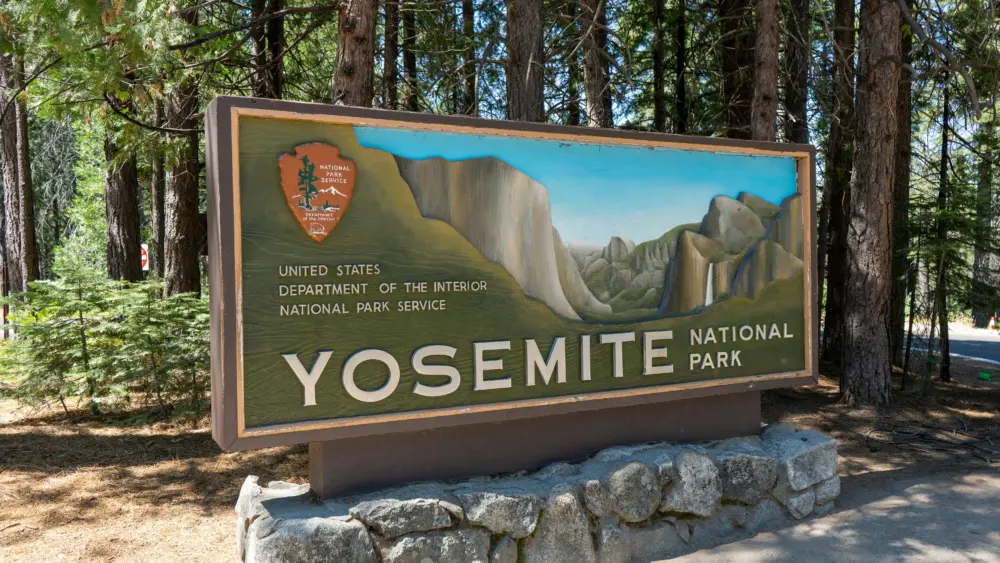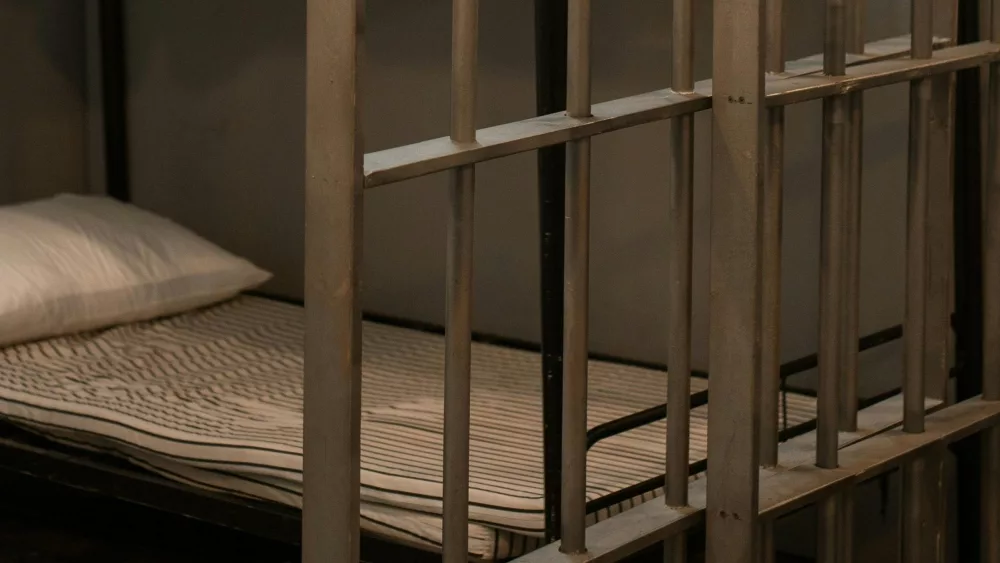CALIFORNIA – In recent years, hundreds of thousands of Californians have purchased home insurance from a state-managed “last resort” insurance pool that has grown rapidly as private insurance companies have fled the market.
Now, in the wake of the devastating Los Angeles wildfires earlier this year, the Fair Access to Insurance Requirements (FAIR) Plan is seeking approval from the state for an average 36% rate hike, which would further squeeze homeowners who have no other options for coverage.
Insurance experts say it’s a national warning sign, as the effects of climate change cause private insurance companies to pull back on coverage in disaster-prone areas, leaving states and their residents to assume more of the risk. Fewer homeowners will be able to purchase private insurance in the future, and even those who do may face higher premiums as companies charge more to pay for the FAIR Plan losses.
In some states, these state-managed insurance plans have grown from a handful of policies, as originally intended, to hundreds of thousands of homeowners. The plans charge high premiums and provide limited coverage.
“It was supposed to be a stopgap measure. People are supposed to be on a FAIR Plan policy for a short amount of time, but with climate change and these extreme weather events, that’s not going to happen,” said Alfonso Pating, global financial regulation analyst with the Natural Resources Defense Council, an environmental nonprofit.
At present, 35 states and the District of Columbia offer FAIR Plans or Citizens Plans to homeowners who can’t find coverage on the private market. The plans are managed by state governments, with the financial backing of the private insurers doing business in that state.
The plans maintain enough reserves to cover payouts for an average year. But when the plans take heavy losses, they impose an assessment on a pool of the insurance companies doing business in the state, based on their market share.
These state-managed plans were initially created to cover a small number of properties as a temporary, last-resort option. But now, as wildfires and hurricanes have pushed insurance companies to retreat from certain areas, FAIR Plans cover nearly 3 million properties nationwide, with an exposure exceeding $1 trillion, according to data issued last year by the Insurance Information Institute.
“If it’s going to keep on growing, it becomes impossible to manage the risk,” Douglas Heller, director of insurance with the Consumer Federation of America, a research and advocacy nonprofit, said in an interview earlier this year. “It’s OK if the high risk is just a small pool, but if the private sector is unwilling to take any of the high-risk [policies], that model doesn’t work anymore.”
In California, the FAIR Plan reached its breaking point following the January wildfires that devastated Los Angeles. In the months before the fires, insurance companies had dropped coverage in many neighborhoods of the city, causing the state-backed insurer to take on policies covering billions of dollars.
The FAIR Plan was hit with $4 billion in losses when the fires wiped out many of the properties that had recently turned to the plan for coverage. After the plan’s reserves were exhausted, state regulators imposed a $1 billion assessment on insurance companies in the state. Some of those companies received permission to impose a surcharge on all their customers, residents not covered by the FAIR Plan, totaling more than $150 million so far, according to the Los Angeles Times.
This mechanism, which allows an assessment on all insurance policyholders in a state to make a state-managed plan solvent again, is known in Florida as the “hurricane tax.”
In the wake of the California wildfires, the FAIR Plan is seeking an average 36% rate hike on homeowners in the plan, which the insurance pool says is necessary to keep up with the growing risks. That proposal will be reviewed by state Insurance Commissioner Ricardo Lara.
FAIR Plans typically provide only bare-bones coverage, and California’s plan is facing lawsuits over its smoke damage policy. Now, the homeowners who rely on that plan could be facing much higher premiums for their coverage.
Some observers say the dire situation in California shows the unsustainable path many states are on as more and more residents lose coverage on the private market. California, Florida, Louisiana, Massachusetts and North Carolina all have more than 100,000 properties insured by their state plans, according to the Insurance Information Institute’s data.
A report authored by Pating, of the Natural Resources Defense Council, described a potential “cycle of doom” in which FAIR Plans assume more and more risk, taking heavy losses as climate change-driven weather events batter their states. Under this scenario, when the plans are forced to charge assessments on private insurers to replenish their reserves, more insurance companies retreat from doing business in the state, pushing even more residents on to the FAIR Plan.
The private market isn’t going to insure properties they know will be flooded 10 times in a row or burn down multiple times.
– Alfonso Pating, global financial regulation analyst with the Natural Resources Defense Council
“You’ll see continued growth of these policies,” Pating said. “The private market isn’t going to insure properties they know will be flooded 10 times in a row or burn down multiple times. Every time an event happens, it’s just going to get worse and worse.”
Pating called on states to use their FAIR Plans to incentivize hazard mitigation work — lowering premiums for property owners and communities who take steps to protect themselves from storms and wildfires. He said state regulators should also require more transparency from insurers about where they’re dropping policies and raising premiums, which would help state officials better understand the risks.
Dave Jones, a former California insurance commissioner, has called for a federal reinsurance program for state FAIR Plans — using taxpayer-funded reserves to backstop the plans.
“We’re going to have to look at shoring up FAIR Plans,” Jones said in an interview earlier this year. “The future is not a good one with regard to insurance availability and pricing because we’re not dealing with the root cause of climate change.”
Jones now serves as director of the Climate Risk Initiative at the University of California, Berkeley’s Center for Law, Energy & the Environment.
Stateline reporter Alex Brown can be reached at abrown@stateline.org.
This story was originally produced by Stateline, which is part of States Newsroom, a nonprofit news network which includes Oregon Capital Chronicle, and is supported by grants and a coalition of donors as a 501c(3) public charity.
Oregon Capital Chronicle is part of States Newsroom, a nonprofit news network supported by grants and a coalition of donors as a 501c(3) public charity. Oregon Capital Chronicle maintains editorial independence. Contact Editor Julia Shumway for questions: info@oregoncapitalchronicle.com.





